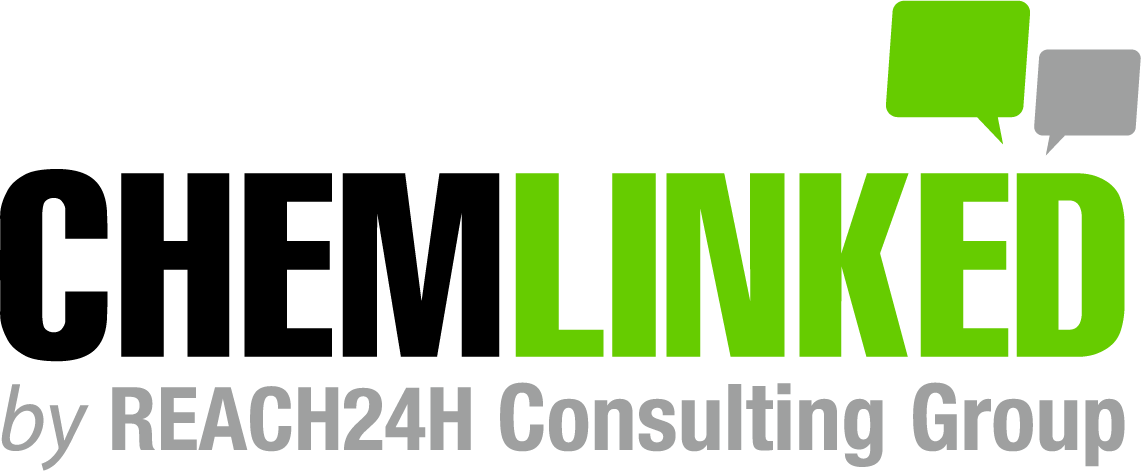1. For cosmetic notifiers or entrusted manufacturers who intend to conduct the self-testing, what prerequisites shall they meet?
Cosmetic notifiers or entrusted manufacturers carrying out self-testing shall:
 We provide full-scale global cosmetic market entry services (including cosmetic registering & filing, regulatory consultation, customized training, market research, branding strategy). Please contact us to discuss how we can help you by cosmetic@chemlinked.com
We provide full-scale global cosmetic market entry services (including cosmetic registering & filing, regulatory consultation, customized training, market research, branding strategy). Please contact us to discuss how we can help you by cosmetic@chemlinked.com
Copyright: unless otherwise stated all contents of this website are ©2024 - REACH24H Consulting Group - All Rights Reserved - For permission to use any content on this site, please contact cleditor@chemlinked.com
READ MORE
-
 FAQs Vol. 3 | China NMPA Further Clarifies the Requirements for Person in Charge of Quality and Safety
FAQs Vol. 3 | China NMPA Further Clarifies the Requirements for Person in Charge of Quality and Safety
-
 China Allows Low-risk General Cosmetics Stakeholders to Submit Self-testing Reports When Applying for Notification
China Allows Low-risk General Cosmetics Stakeholders to Submit Self-testing Reports When Applying for Notification
-
 FAQs Vol. 8 | NMPA Further Interprets the Requirements for Submitting Annual Report and Supplementary Documents of Notified Cosmetics
FAQs Vol. 8 | NMPA Further Interprets the Requirements for Submitting Annual Report and Supplementary Documents of Notified Cosmetics

MOST POPULAR
- 1 [Updated] EU Amends the Use Requirements for 13 Nanomaterials in Cosmetics
- 2 [Updated] EU Adopts 11 Changes to the Use Requirements for Cosmetic Ingredients
- 3 China May Provide Six-month Transition Period for Submission of Cosmetic Safety Assessment Report (Full Version)
- 4 Monthly Recap: Global Cosmetic Regulatory Updates | February 2024
- 5 China Consults on Guidelines for Submission of Cosmetic Safety Assessment Dossiers: Exemptions for Two Types of Cosmetics from Safety Assessment Report Submission









